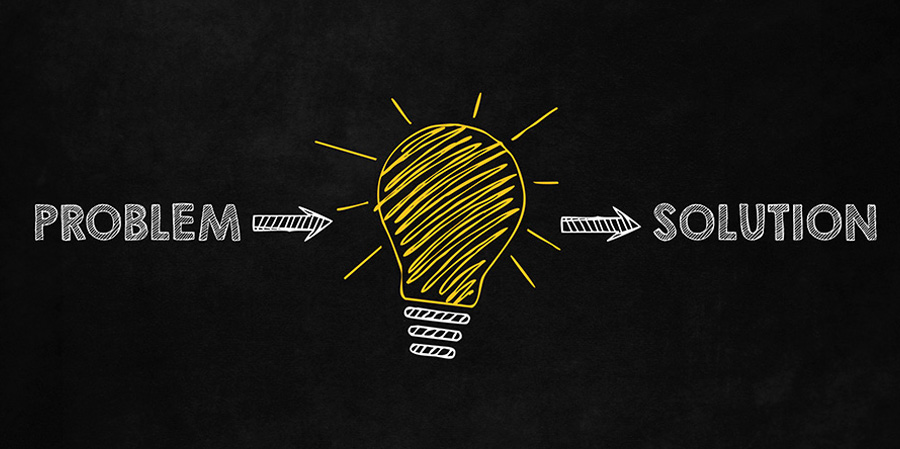Monica Tailor, a judge of the WARC Media Awards – Effective Use of Tech category, poses three questions that CMOs should ask before their brands invest in new technology.
Several entrants to the WARC Media Awards: Effective Use of Tech category reflected the growing use of technology and tech-infused campaigns as a means of helping to solve problems in consumers’ lives.
In this article we look at three lessons we can learn on how to deploy the right technology, in the right way to be effective and useful for consumers.
1. Tech helps brands to build on their meaningful role
When a brand uses technology to help deliver against its meaningful role in consumers’ lives, the technology itself is an enabler rather than the focus of the campaign.
When a great idea creates great human impact, the fact that technology is at the heart of the idea becomes invisible, and this is a really good thing. New technology shouldn’t be the reason we use a product or service; the reason should be that it’s truly helpful to a person’s life and enhances their experiences. A brand can only do this if it understands its meaningful role and remains true to it.
A great example of this is Wheel, a leading mass-market detergent in India. Aimed at rural women (who are generally confined to their homes, held back by social conventions), the Wheel ‘Ghar Se Career’ (Careers from Home) initiative seeks to empower these women to upskill themselves and gain financial empowerment through the mobile internet-based platform.
Wheel fully understood its meaningful role and had been building to this for two years prior to this campaign. The FMCG brand had been inspiring women with stories of ‘progressive partnership’, where the woman was an equal partner in running the household, and this campaign stepped this messaging up a gear.
Another good example is Triple-S Salud, the largest health insurance company in Puerto Rico. The brand believes family presence at the bedside is not an indulgence but an integral component of the standard of care, so when COVID struck, and hospitals and nursing homes couldn’t allow families to visit, Triple-S created a solution to maintain those family connections.
It introduced ‘Robbie’, a family visit programme that used telepresence robots to emulate in-person hospital visits, rescuing that special feeling of someone stopping by to say hello.
2. Navigate the tech ecosystem with strategic partnerships
Partnerships are another key enabler in the most effective technology stories.
Consumers are surrounded by technology: they have already bought into their wearable of choice, their telecom provider, their mobile phone. These are all likely to be connected in some way and we’re seeing more and more providers aiming to join this all together. You only have to look at tech companies like Apple and Samsung and their plethora of devices, or Alphabet, whose recent presence at Mobile World Congress was all about connecting everything to Google.
The best case studies we saw had a key strategic partnership component and were therefore able to build on existing ecosystems.
Yili is China’s largest dairy drinks brand within a competitive dairy industry. It partnered with tech company Xiaomi to provide tailored dairy recommendations to consumers based on their health data on their Xiaomi Mi smartwatch.
See also Wheel’s partnership with India’s largest telecom provider Reliance Jio, through which it offered free data packages to women in rural areas to access their Careers from Home training programme.
3. Always be relevant to your audience
Relevance to consumers can manifest in many ways. We often think about it as personally relevant (personalisation) and contextually relevant (a moment in time). Both or either ways often provide brands with a perfect moment to deploy a technology solution.
We have two examples here to bring this to life.
Triple-S’s telepresence robots were deployed to create moments of connection between family members during COVID when visits would have been dangerous. At any other time, a telepresence robot that allows patients and families to have face to face contact would have seemed interesting but perhaps not as relevant and essential as during the pandemic.
Yili’s use of health data from smartphones offers smart, personalised product recommendations driving brand differentiation. Yili’s vast range of products confused most consumers as to which product was best for them. However, by using the sleep and exercise data from the Mi Smartwatch, Yili could recommend products that were personalised to offer people real health benefits.
With these lessons in mind, there are three questions that should CMOs be asking themselves when it comes to new technology.
- Is there a strong human insight that means technology is the right answer?
- Is there a way to do this through a partnership or platform already part of people’s lives?
- Is the technology relevant and is there a set of circumstances that mean now is the right time to deploy tech?
. . .
This article first appeared in www.warc.com
Seeking to build and grow your brand using the force of consumer insight, strategic foresight, creative disruption and technology prowess? Talk to us at +971 50 6254340 or engage@groupisd.com or visit www.groupisd.com/story




